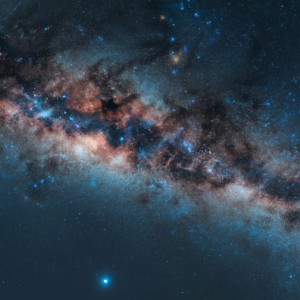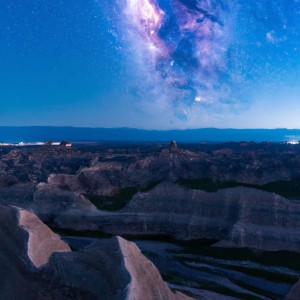In the vast expanse of the universe, there are numerous sources of energy. From stars to black holes, the universe is filled with various forms of energy that can be harnessed to power our civilization. In this article, we will explore some of the most significant sources of energy in the universe.
1. Stars

The most prominent source of energy in the universe is stars. Stars are massive celestial bodies that emit heat and light due to nuclear fusion reaction happening in their cores. Nuclear fusion occurs when two atomic nuclei combine to form a new, heavier nucleus. In the process, some of the mass is converted into energy, which is released in the form of light and heat.
The energy produced by stars is immense, and it powers all life on the planets orbiting around them. The most massive and brightest stars have the highest energy output, with some producing millions of times more energy than our sun. This energy can be harnessed and converted into electricity using solar panels and other technology.
2. Black Holes
Black holes are some of the most mysterious objects in the universe, and they possess a tremendous amount of energy. When matter falls into a black hole, it is accelerated to enormous speeds and heated to extreme temperatures. This process releases a massive amount of energy in the form of X-rays and other radiation.
The immense gravitational field surrounding a black hole can also be harnessed to generate energy. In theory, it is possible to orbit a black hole and harvest its energy; however, this remains a highly speculative idea.
3. Supernovas
Supernovas are incredibly energetic events that occur when a star runs out of fuel and explodes. This explosion releases a tremendous amount of energy, as much as the total energy output of the sun over its entire lifespan. The energy released in a supernova can be used to study the universe's formation, as well as provide insights into other areas of science.
4. Cosmic Rays
Cosmic rays are high-energy particles that travel through space at close to the speed of light. These particles originate from outside the solar system and can be produced by a variety of sources, including supernovas and black holes.
While cosmic rays pose a significant hazard to astronauts and spacecraft, they can also be used to generate electricity. One idea is to build a spacecraft that can capture these particles and use them to generate electricity, similar to solar panels.
5. Neutron Stars
Neutron stars are extremely dense objects that are the remnants of massive stars that have gone supernova. They possess intense magnetic fields and rapidly rotate, producing powerful beams of energy that can be detected as pulsars.
Like black holes, neutron stars can be used to generate energy if we can capture their intense magnetic fields. However, this remains a theoretical idea, and we have yet to develop the necessary technology to harness this energy.
In conclusion, the universe is full of abundant sources of energy, from the stars in the sky to the cosmic rays that pass through us. As we continue to develop our technological capabilities, we will undoubtedly discover new ways to harness this energy and provide for our growing civilization.













评论